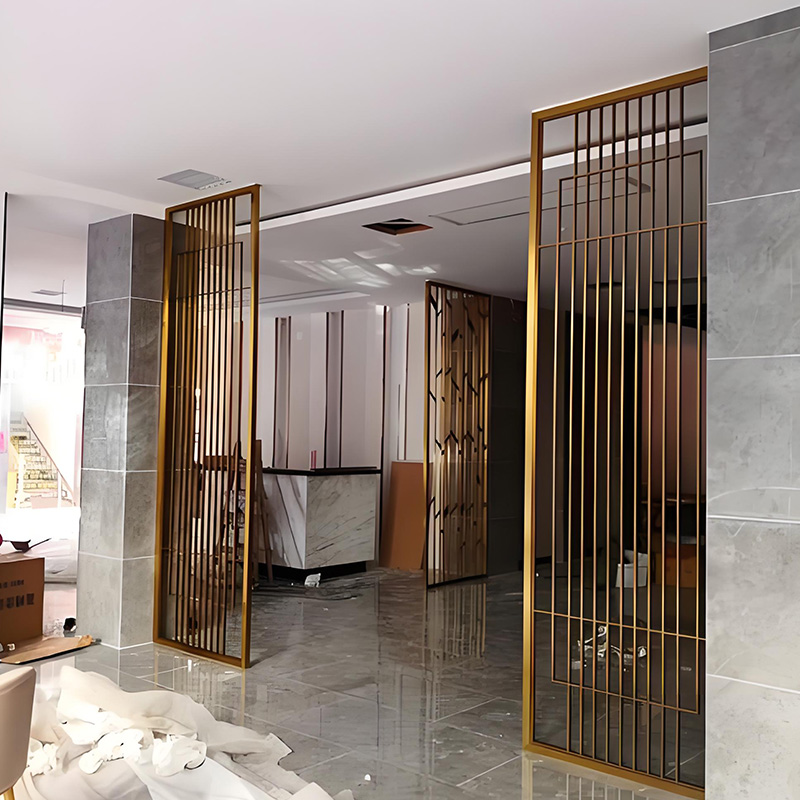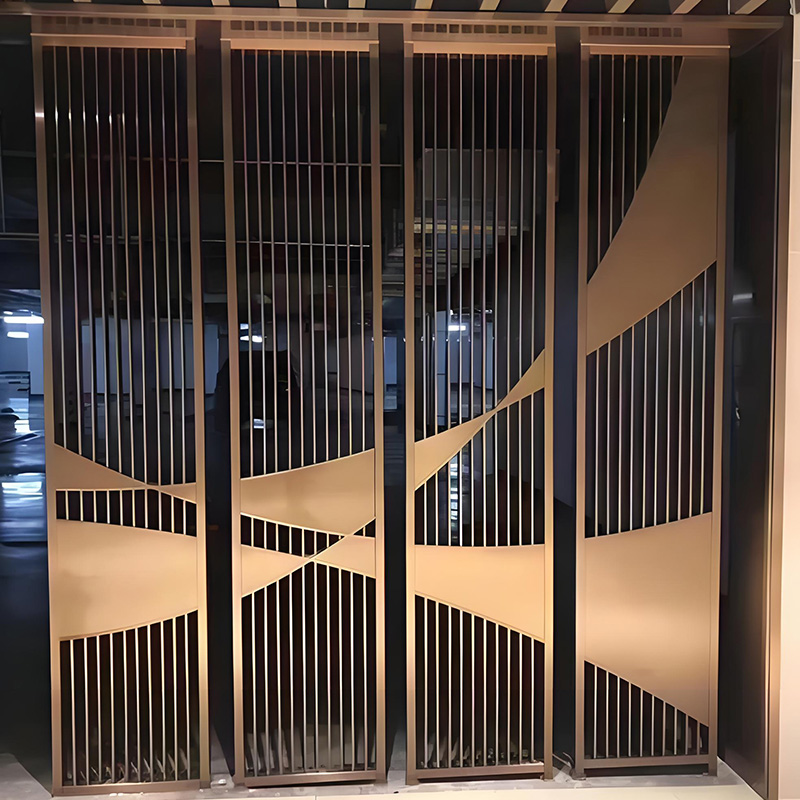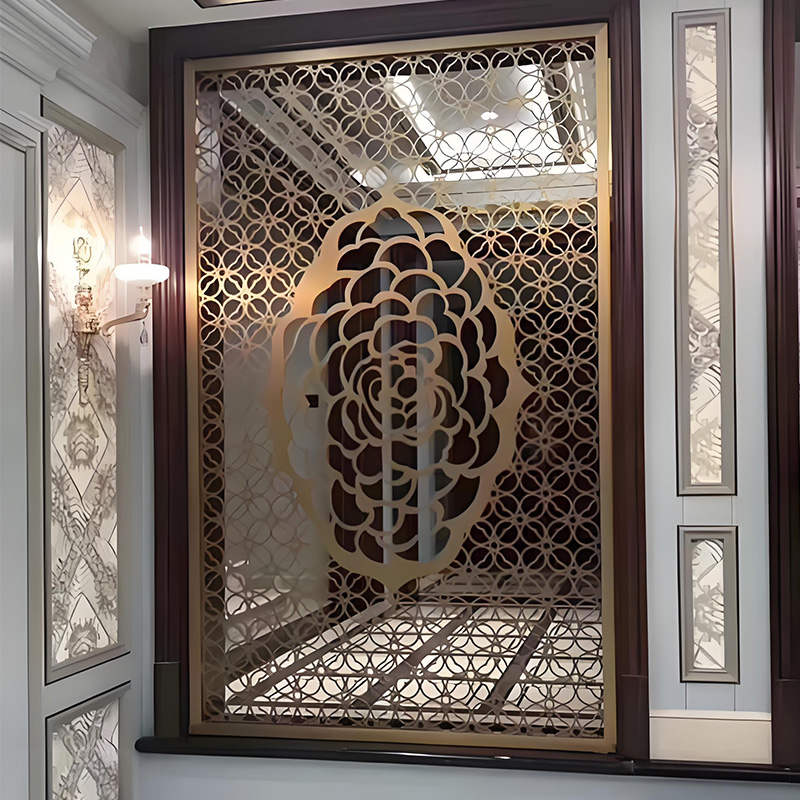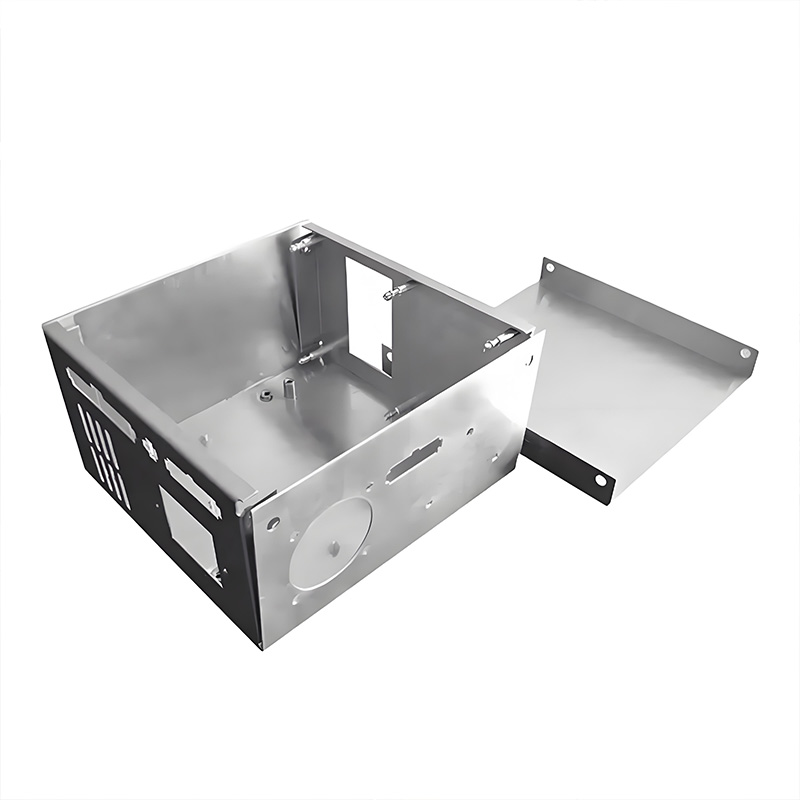Sheet Metal Enclosure: How 6 Key Tips Improve Durability?

Why Durability Matters in Electronic Housing
Industrial equipment faces brutal conditions – vibrations, moisture, and temperature swings. A weak protective casing leads to premature failure. In fact, 23% of electronic failures stem from environmental factors (IEEE Reliability Society, 2024). That’s where robust sheet metal enclosure design becomes critical.
Tip 1: Material Selection Mastery
Problem: Using generic steel in corrosive environments? Expect rust within months.
Solution: Match alloys to operational demands. For coastal areas, consider aluminum 5052 or stainless steel 304. Salt spray resistance jumps 400% with proper selection.
Case: Our team redesigned a marine sensor sheet metal enclosure in 2025 using 316L stainless. Field reports show zero corrosion after 18 months.
Material Comparison Table
| Criteria | Aluminum 5052 | Cold-Rolled Steel |
|---|---|---|
| Corrosion Resistance | ★★★★☆ | ★★☆☆☆ |
| Cost Efficiency | ★★★☆☆ | ★★★★★ |
| Weight Savings | ★★★★★ | ★★☆☆☆ |
Tip 2: Corrosion Defense Systems
Powder coating isn’t just about colors! Electrostatic application creates seamless barriers. Zinc-nickel plating adds sacrificial protection. Metal enclosure lifespan extends 5-7 years with proper finishing.
Tip 3: Structural Reinforcement Tactics
Problem: Thin panels flex during transit causing component damage.
Solution: Strategic bends and ribs increase rigidity. For example, adding 1.5mm flanges boosts load capacity by 60%. Check out advanced techniques at CNC Lathe Parts.
5-Step Durability Enhancement Process
- Analyze environmental stressors (humidity, impacts, chemicals)
- Calculate minimum material thickness using ANSI/ISA standards
- Design bend radii ≥1.5x material thickness to prevent cracking
- Specify MIL-STD-810G compliant surface treatments
- Implement vibration testing with 15G acceleration profiles
Tip 4: Seam Engineering Secrets
Water infiltration ruins electronics. Continuous welding beats spot welds for waterproofing. Surprisingly, laser-welded seams show 90% less failure than mechanical fasteners in IP67 tests.
Common Misstep Alert!
Tip 5: Thermal Management Integration
Heat sinks integrated into the sheet metal housing reduce hotspots. Perforation patterns must follow airflow dynamics – we cut CPU temperatures 22°C using computational fluid analysis.
Tip 6: Vibration Resistance Design
Anti-resonance mounts matter. Rubber isolators absorb shocks while constrained-layer damping sheets cut noise transmission by 15dB. Remember, thinner isn’t always better!
Durability Checklist
- □ Salt spray tested ≥500 hours
- □ Seam gaps ≤0.5mm with silicone gaskets
- □ Corner radii > material thickness
- □ FEM stress analysis completed
- □ No sharp edges (deburring validated)
FAQs: Solving Real-World Challenges
Q: How thick should sheet metal enclosure walls be?
A: Depends on application! For industrial controls, 1.2-2mm is standard. Outdoor telecom? Go for 3mm with reinforcements.
Q: Can I retrofit existing enclosures?
A: Absolutely. Adding VCI (vapor corrosion inhibitor) packets internally reduces rust by 70% in legacy units.
Q: Which costs less: aluminum or steel protective casing?
A: Initially, steel wins. But aluminum’s corrosion resistance means lower lifetime costs in harsh environments.









